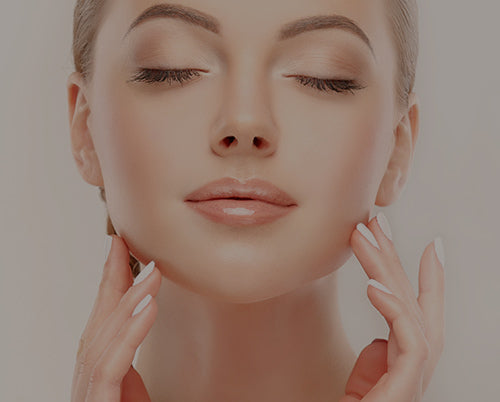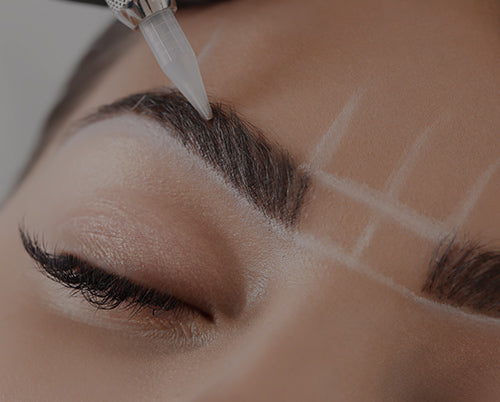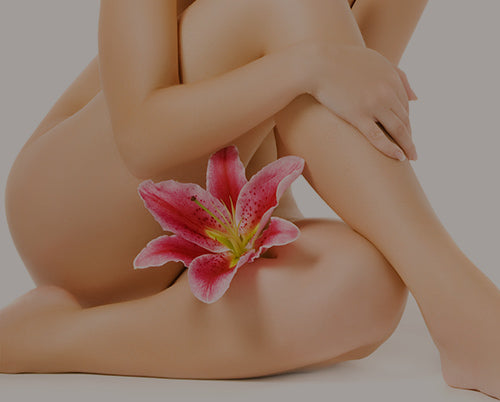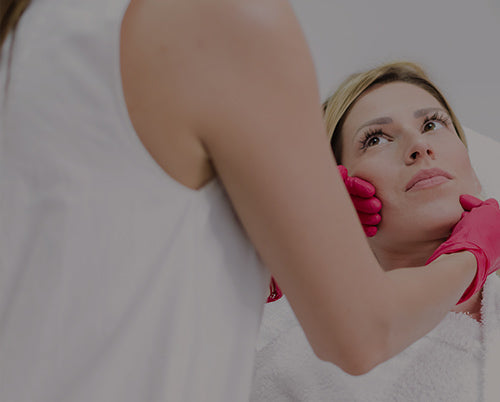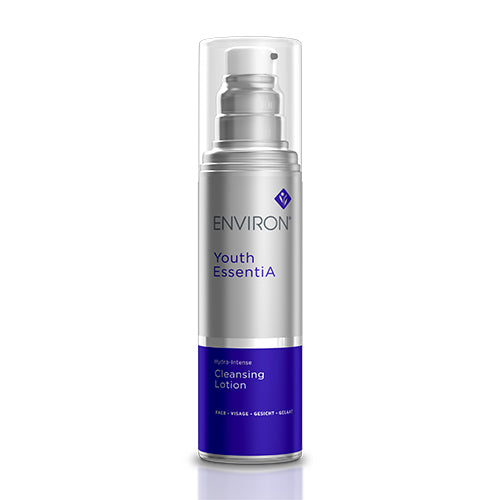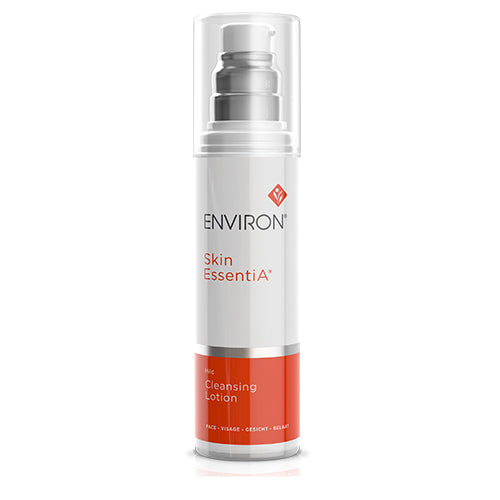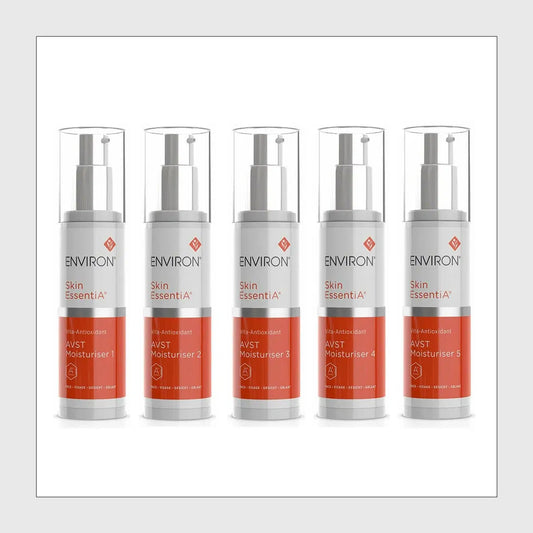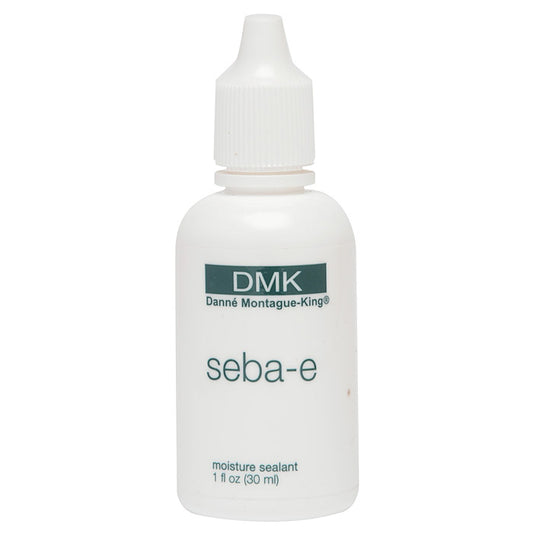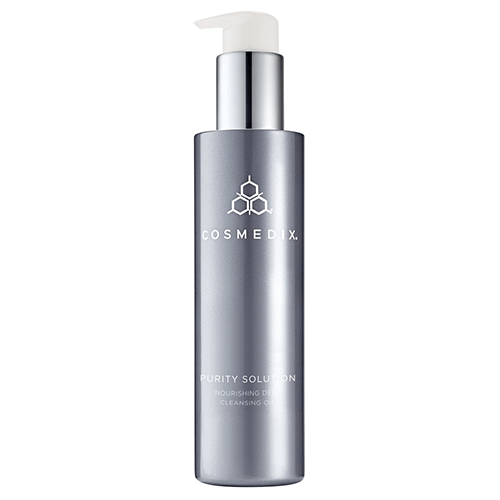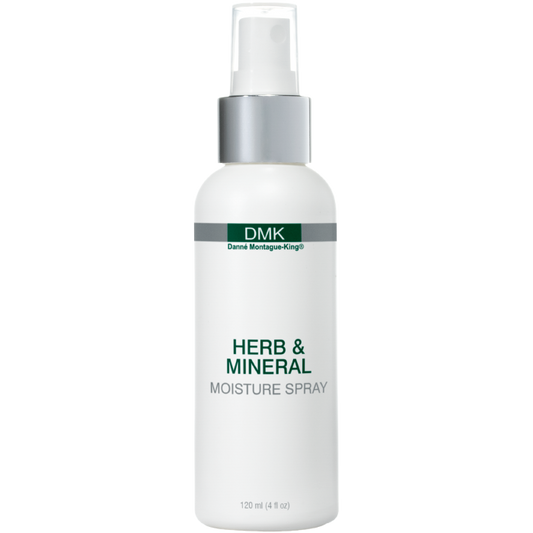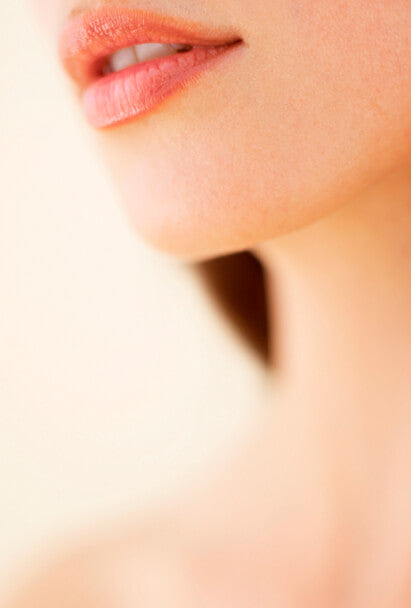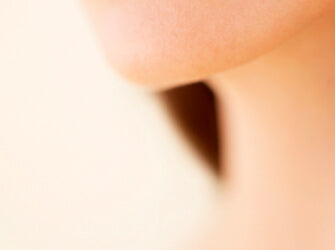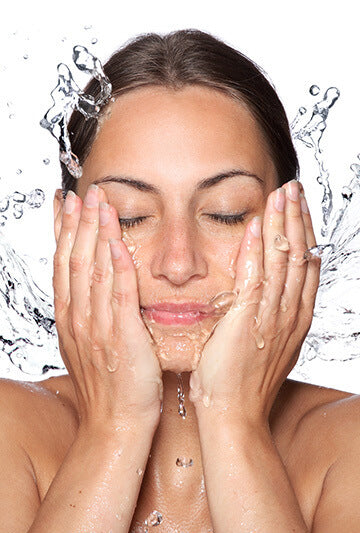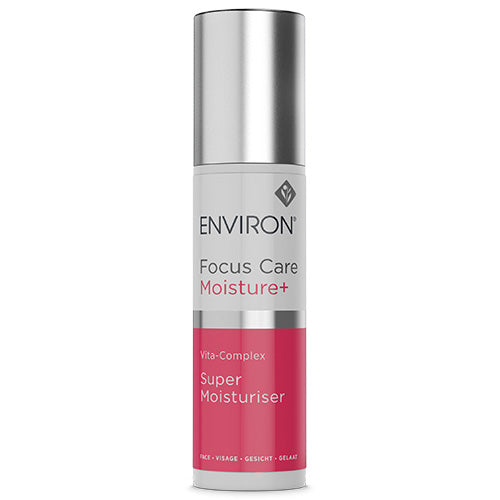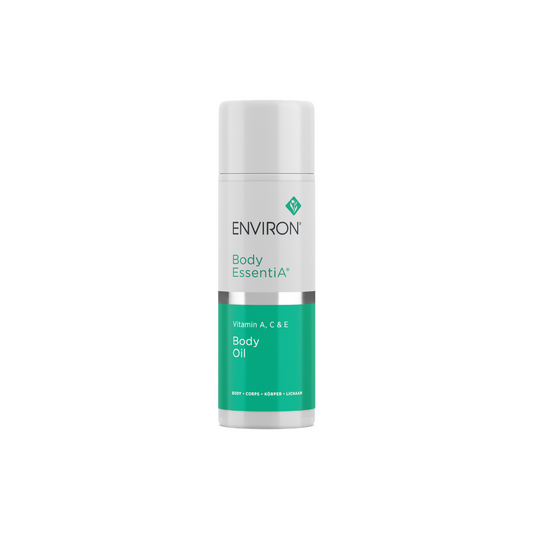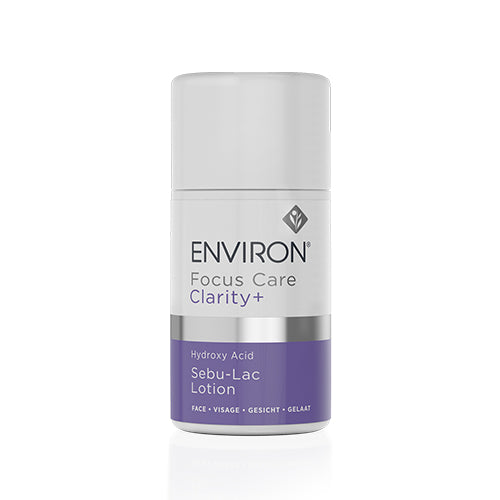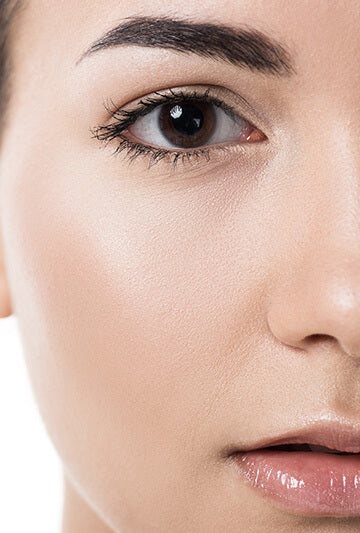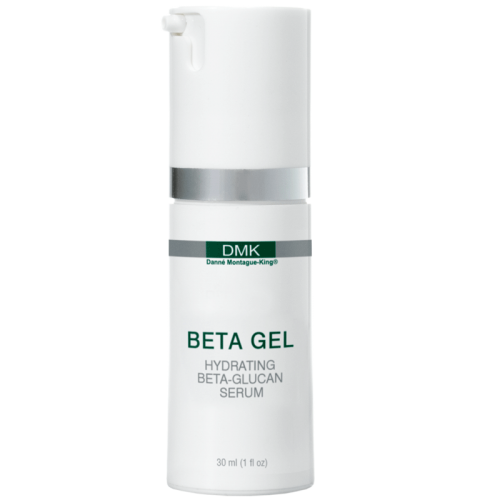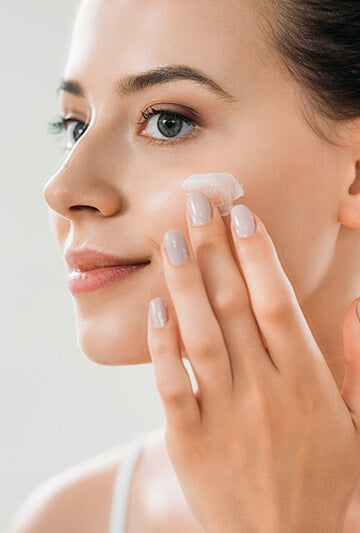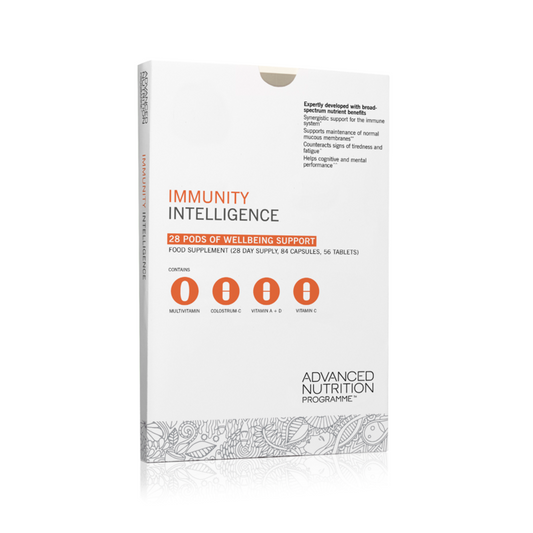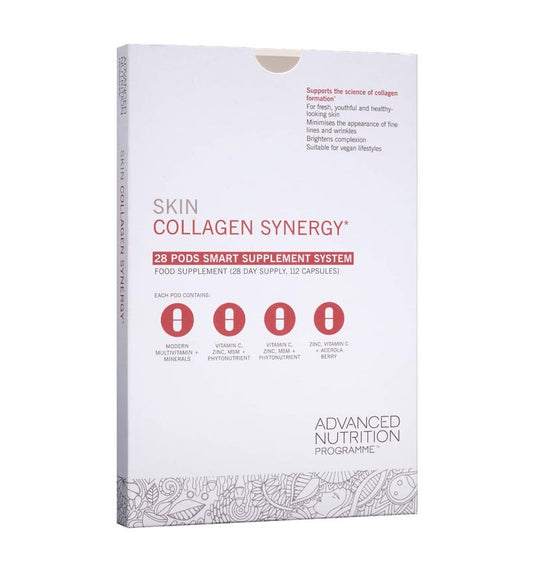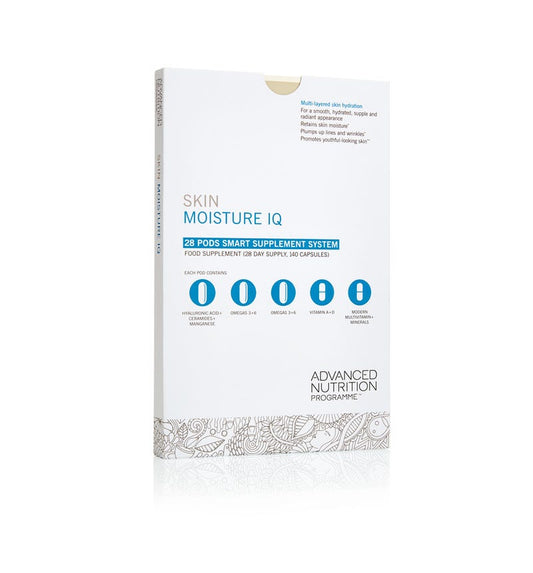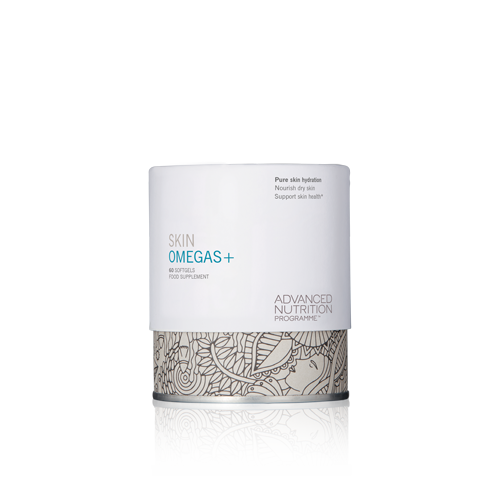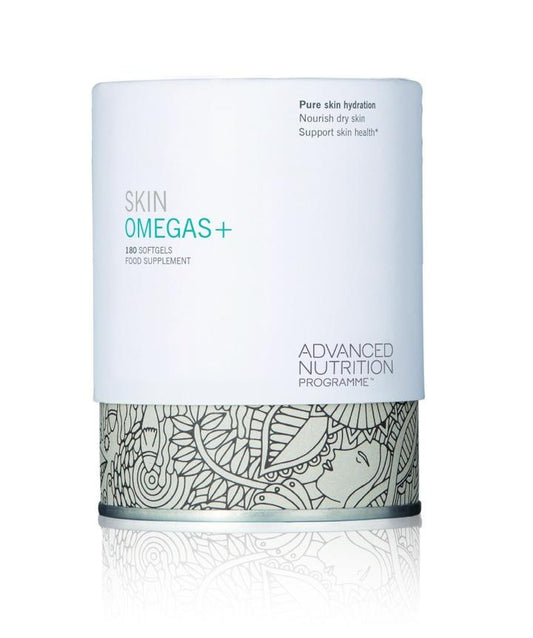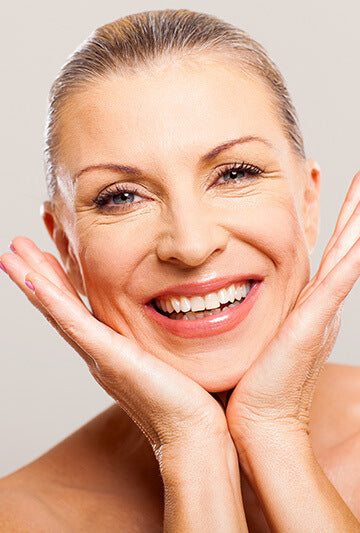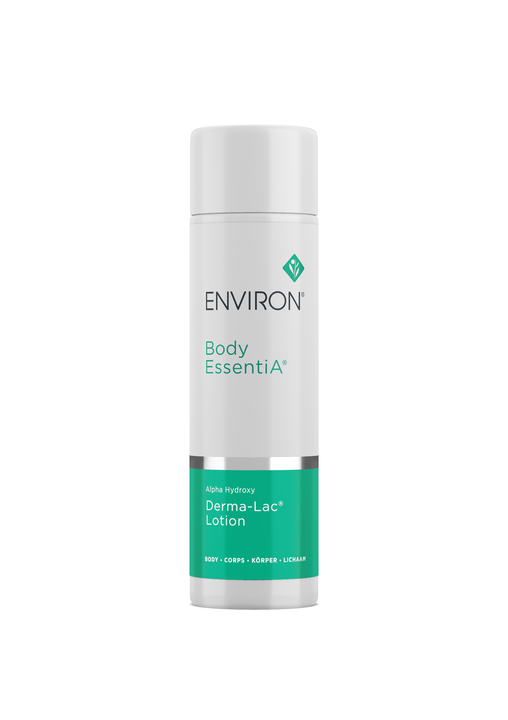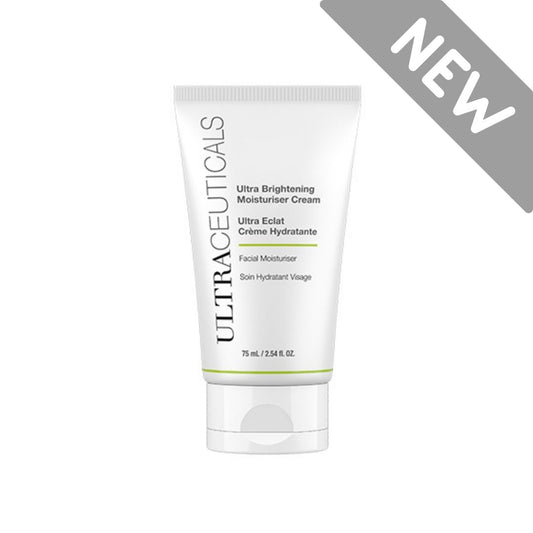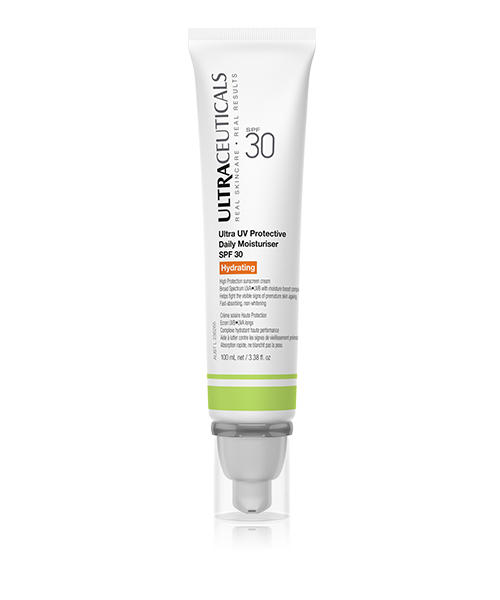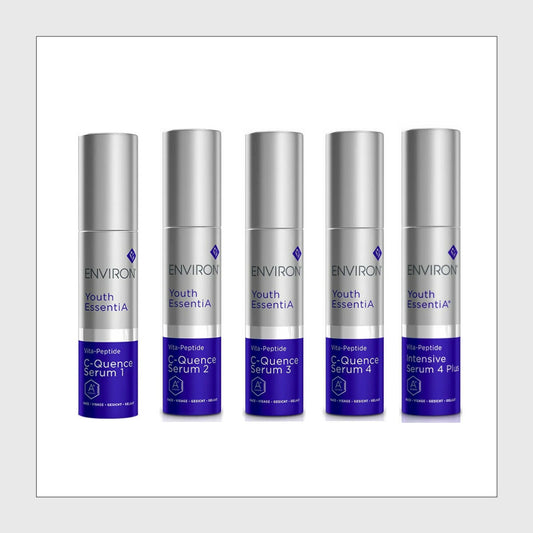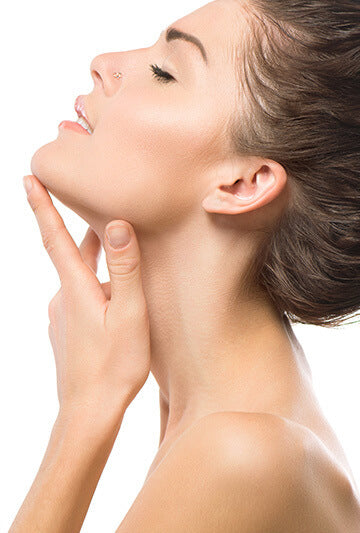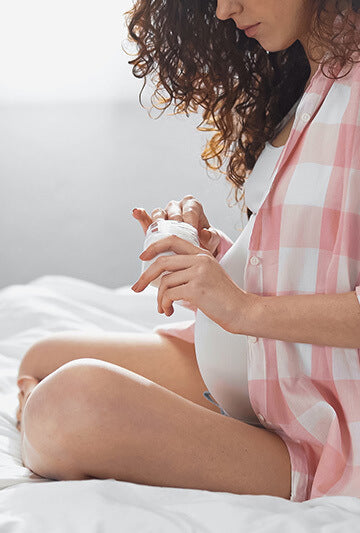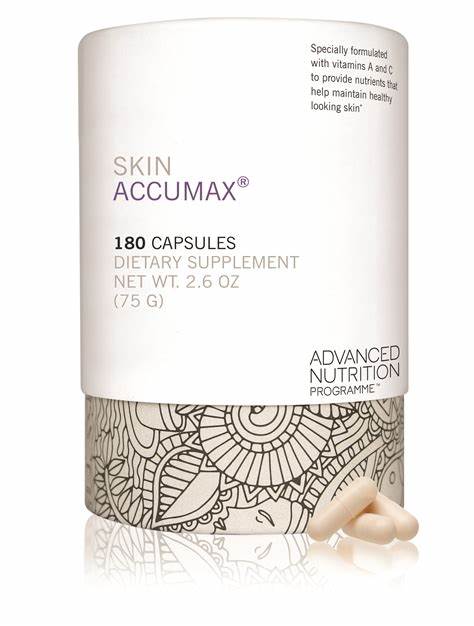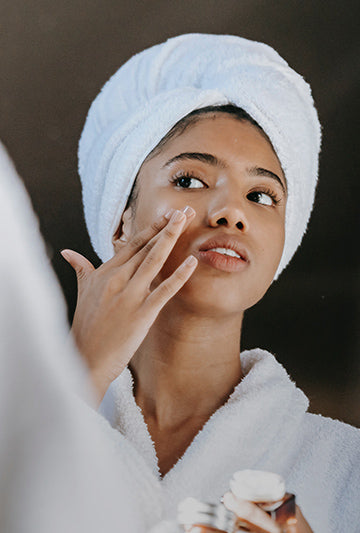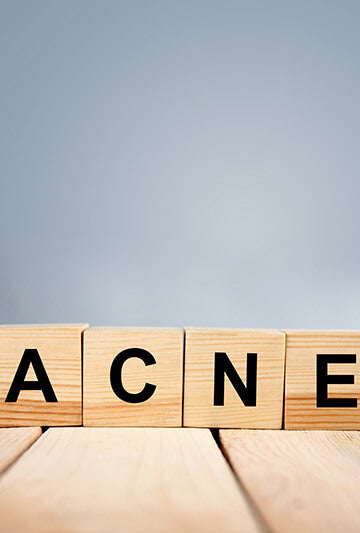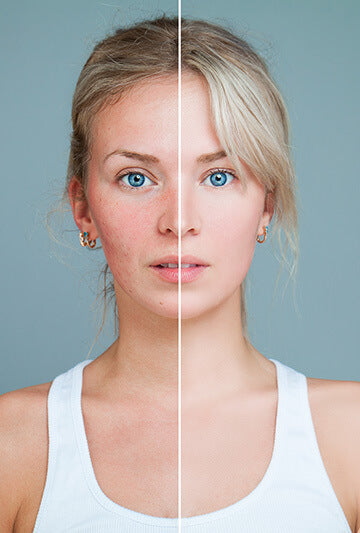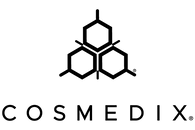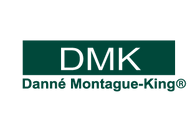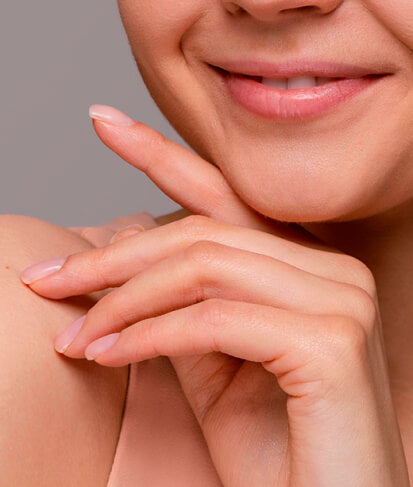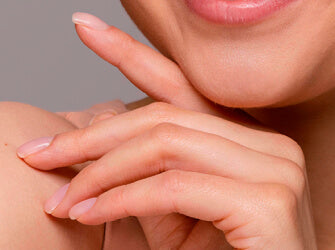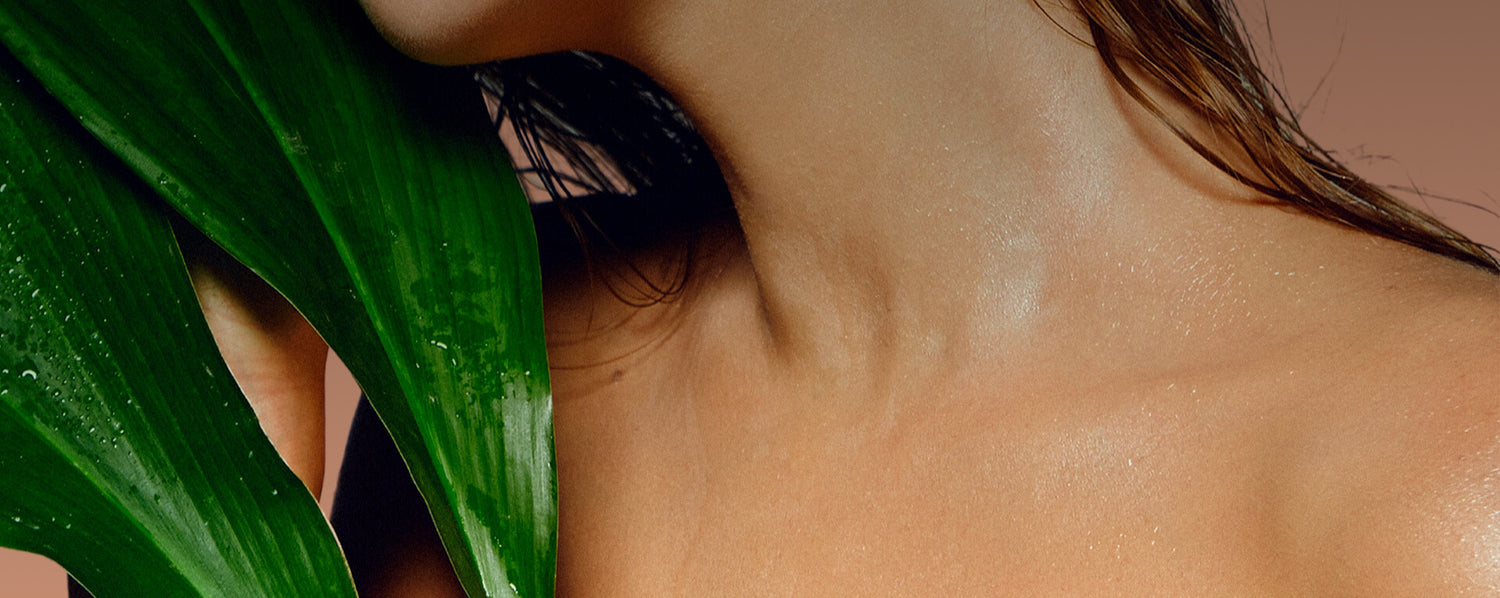

Love your skin
Highly skilled
Aestheticians & Therapists
Targeted advice
to help your skin glow from outside in
A holistic skincare
approach to aging well
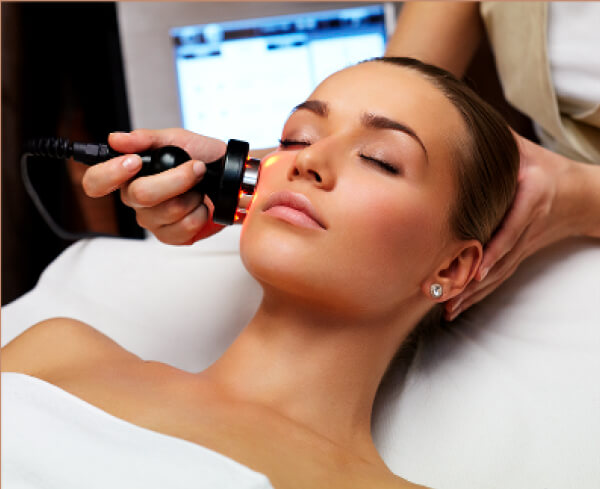
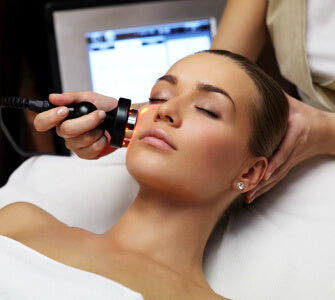
Specialist skin care service, bespoke to you.
We combine decades of experience with the most up to date technology in the industry to achieve the skin of your dreams.
Our advanced treatment programs are designed to target your specific skin concerns. We’re specialists in acne skin conditions, rosacea, skin rejuvenation, pigmentation and melasma. We stock medical-grade skin care for home use, skin-specific supplements, and a full range of in-clinic treatments to help achieve the best results.
Reach out for a consultation with a member of our knowledgeable team. Your skin health journey starts here.
— Stocking the best cosmeceutical and medical-grade ranges on the market
Avail of our online consultation service to determine your perfect at-home regime to achieve the best results. We offer ongoing support throughout your skin journey to ensure you invest in the perfect products for your specific needs.
-
Environ Youth Essentia Cleansing Lotion
Regular price€55.00 Regular priceUnit price / per€55.00 -
Environ Mild Cleansing Lotion
Regular price€52.00 Regular priceUnit price / per€52.00 -
Environ AVST Moisturiser
Regular price From€66.00 Regular priceUnit price / per€66.00 -
Cosmedix Purity Solution Nourishing Deep Cleansing Oil
Regular price€40.00 Regular priceUnit price / per€40.00
Shop By Concern
- Dry/Dehydrated Skin
- Oily Skin
- Sensitive skin
- Ageing Skin
- Pigmentation/Sundamaged Skin
- All Skin Types
- Acne/Breakout Skin
- Rosacea Skin
Dry/Dehydrated Skin —
There can be several reasons for dry skin, but luckily, there are even more solutions. Our team of skin care specialists have been trained to not only treat dry skin, but also to advise on the long-term management of dry skin and associated conditions.
-
Environ Youth Essentia Cleansing Lotion
Regular price€55.00 Regular priceUnit price / per€55.00 -
Environ Mild Cleansing Lotion
Regular price€52.00 Regular priceUnit price / per€52.00 -
Environ AVST Moisturiser
Regular price From€66.00 Regular priceUnit price / per€66.00 -
Cosmedix Purity Solution Nourishing Deep Cleansing Oil
Regular price€40.00 Regular priceUnit price / per€40.00
Oily Skin —
A certain amount of oil is necessary to keep your skin healthy and resilient. However, there are many factors that can tip the scales and lead to excessive oiliness. Our skincare specialists can help you balance out these oils long-term, leading to a glowy and hydrated complexion that never looks shiny or greasy.
-
Environ Mild Cleansing Lotion
Regular price€52.00 Regular priceUnit price / per€52.00 -
Environ AVST Moisturiser
Regular price From€66.00 Regular priceUnit price / per€66.00 -
Cosmedix Purity Solution Nourishing Deep Cleansing Oil
Regular price€40.00 Regular priceUnit price / per€40.00 -
Environ Intensive Super Moisturiser
Regular price€44.00 Regular priceUnit price / per€44.00 -
Environ AC & E Body Oil
Regular price€55.00 Regular priceUnit price / per€55.00 -
Environ Sebu -Lac Lotion
Regular price€46.00 Regular priceUnit price / per€46.00
Sensitive skin —
Sensitive skin can be difficult to manage. Thankfully, our team is on hand to help you identify common causes and triggers. We’ll also advise you on the best treatments and products to reduce the signs of irritability and skin sensitivity.
-
Environ Youth Essentia Cleansing Lotion
Regular price€55.00 Regular priceUnit price / per€55.00 -
Environ Mild Cleansing Lotion
Regular price€52.00 Regular priceUnit price / per€52.00 -
Cosmedix Purity Solution Nourishing Deep Cleansing Oil
Regular price€40.00 Regular priceUnit price / per€40.00 -
Environ Intensive Super Moisturiser
Regular price€44.00 Regular priceUnit price / per€44.00
Ageing Skin —
Everyone’s skin changes with age but that doesn’t mean you can’t maintain a youthful glow. With a consistent skin care routine and regular treatments, you can avoid common signs of ageing like fine lines and wrinkles. Our skin care professionals are here to help you get started.
-
Advanced Nutrition Programme Immunity Intelligence
Regular price€82.00 Regular priceUnit price / per€82.00 -
Advanced Nutrition Programme SKIN COLLAGEN SYNERGY
Regular price€75.00 Regular priceUnit price / per€75.00 -
Advanced Nutrition Programme SKIN MOISTURE IQ
Regular price€97.00 Regular priceUnit price / per€97.00 -
Advanced Nutrition Programme Skin Omegas + 60 capsules
Regular price€41.00 Regular priceUnit price / per€41.00 -
Advanced Nutrition Programme SKIN OMEGAS+ 180 Capsules
Regular price€89.00 Regular priceUnit price / per€89.00 -
Advanced Nutrition Programme SKIN ULTIMATE
Regular price€91.00 Regular priceUnit price / per€91.00
Pigmentation/Sundamaged Skin —
Combination skin can look different from person to person but generally consists of an oily t-zone with dryness on the cheeks. Our professionals can advise on how to treat this annoying contrast and embrace a radiant, balanced complexion.
-
Environ Youth Essentia Cleansing Lotion
Regular price€55.00 Regular priceUnit price / per€55.00 -
Cosmedix Purity Solution Nourishing Deep Cleansing Oil
Regular price€40.00 Regular priceUnit price / per€40.00 -
Environ Derma Lac Lotion
Regular price€55.00 Regular priceUnit price / per€55.00 -
Environ Vita Peptide C-Quence Serum
Regular price From€126.00 Regular priceUnit price / per€126.00
All Skin Types —
Hormonal changes during pregnancy can take their toll on your skin.You may find yourself needing to switch your skincare routine to treat common changes such as increased sensitivity, oiliness or the appearance of dark patches. Luckily, our team will be able to recommend the best treatment options for your individual needs.
-
Environ Mild Cleansing Lotion
Regular price€52.00 Regular priceUnit price / per€52.00 -
Environ AVST Moisturiser
Regular price From€66.00 Regular priceUnit price / per€66.00 -
Cosmedix Purity Solution Nourishing Deep Cleansing Oil
Regular price€40.00 Regular priceUnit price / per€40.00
Acne/Breakout Skin —
Acne can affect anyone at any stage in their life. Caused by a combination of hormones, oil, and bacteria, acne can be difficult to treat but far from impossible. Our team of skincare experts have an in-depth understanding of the condition and will help you achieve and maintain clear, blemish-free skin.
-
Environ Mild Cleansing Lotion
Regular price€52.00 Regular priceUnit price / per€52.00 -
Cosmedix Purity Solution Nourishing Deep Cleansing Oil
Regular price€40.00 Regular priceUnit price / per€40.00 -
PrizMAG+ Pure Magnesium Bisglycinate + Vitamins K2 and D3
Regular price€31.20 Regular priceUnit price / per€31.20 -
Environ Intensive Super Moisturiser
Regular price€44.00 Regular priceUnit price / per€44.00 -
Advanced Nutrition Programme SKIN ACCUMAX™ 180 Capsules
Regular price€119.00 Regular priceUnit price / per€119.00
Rosacea Skin —
Although often confused with acne, rosacea is a separate condition that causes flushing and red bumps on the skin. If you are suffering from rosacea, we are here to recommend the best therapies to reduce flare-ups and have you feeling at ease in your own skin.
-
Environ Youth Essentia Cleansing Lotion
Regular price€55.00 Regular priceUnit price / per€55.00 -
Environ Mild Cleansing Lotion
Regular price€52.00 Regular priceUnit price / per€52.00 -
Cosmedix Purity Solution Nourishing Deep Cleansing Oil
Regular price€40.00 Regular priceUnit price / per€40.00 -
PrizMAG+ Pure Magnesium Bisglycinate + Vitamins K2 and D3
Regular price€31.20 Regular priceUnit price / per€31.20 -
Advanced Nutrition Programme SKIN OMEGAS+ 180 Capsules
Regular price€89.00 Regular priceUnit price / per€89.00


A revolutionary approach to skin care
We believe that everyone deserves to look and feel their best. By providing our clients with the highest standard of care and innovative treatments, our dedicated team helps you look good, feel great, and love the skin you’re in.
From our skin consultation service to regular anti-aging treatments, our skin specialists are committed to delivering the results you desire.
— What Clients Say
4.9
FRIENDLY AND PROFESSIONAL EXPERIENCE
Our online shop stocks only the best products in the business — because we believe that what’s accessible to us should also be accessible to you. Our online shop contains many of the products that we use during our treatments as well as some of our team’s personal favourites.
Annette M
From our blog
Knowledge is there to be shared! Explore the latest advances in skin care technology and innovative treatments in our latest blogs.
Visit Our BlogKnowledge is there to be shared! Explore the latest advances in skin care technology and innovative treatments in our latest blogs.
-
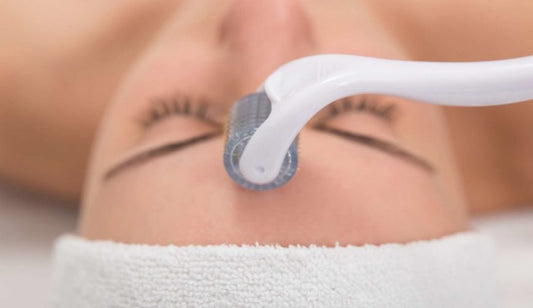 12Dec
12DecMicroneedling FAQs
Microneedling FAQs Here at Urba, Microneedling is one of our favourite professional skin treatments because of its instant and long-lasting results! What is Microneedling? Microneedling, also known as collagen stimulating...
Microneedling FAQs
Microneedling FAQs Here at Urba, Microneedling is one of our favourite professional skin treatments because of its instant and long-lasting results! What is Microneedling? Microneedling, also known as collagen stimulating...
Read More -
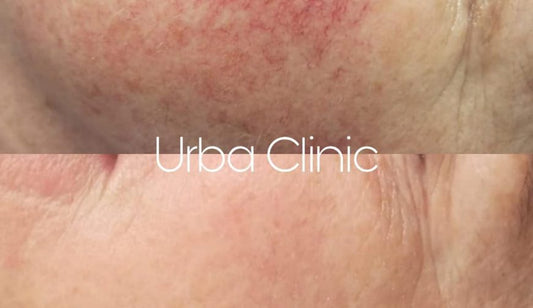 01Sep
01SepIPL skin rejuvenation programme
How you treat your skin in your 20’s and 30’s is going to show in your 40’s and 50’s. When we begin to notice pigmentation in the skin, it typically...
IPL skin rejuvenation programme
How you treat your skin in your 20’s and 30’s is going to show in your 40’s and 50’s. When we begin to notice pigmentation in the skin, it typically...
Read More -
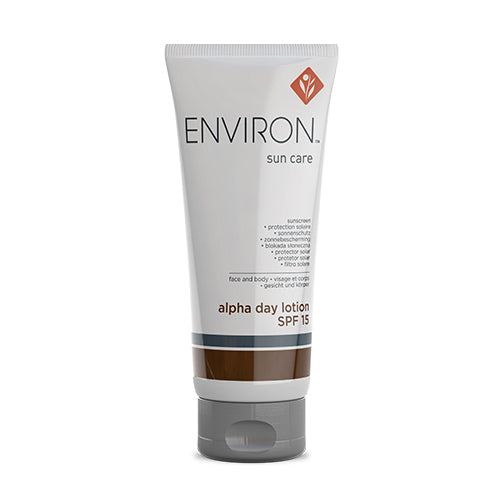 29Nov
29Novdo i really need spf?
Do I really need SPF ?? To put it shortly, yes you do! The sun (whether you can see it or not) emits UVA, UVB and UVC rays. UVA rays...
do i really need spf?
Do I really need SPF ?? To put it shortly, yes you do! The sun (whether you can see it or not) emits UVA, UVB and UVC rays. UVA rays...
Read More
- Choosing a selection results in a full page refresh.
- Opens in a new window.
